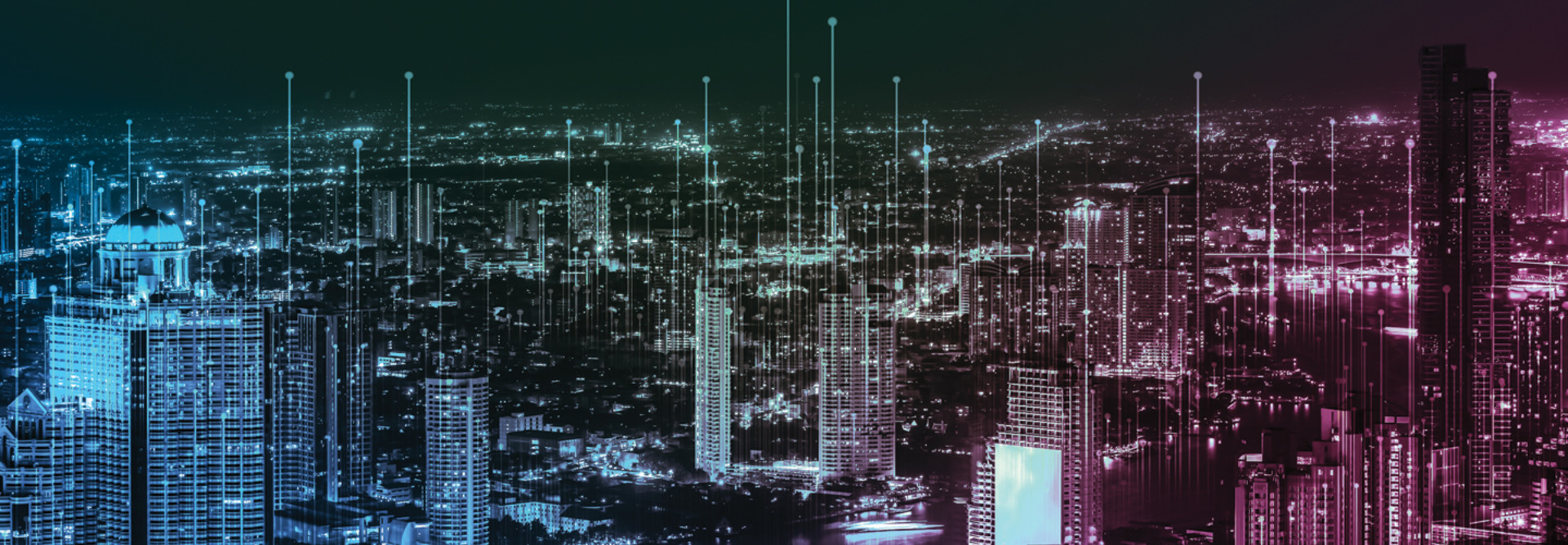Digital Twins Can Reduce Environmental Impact, Traffic
Several cities, including New York City, Las Vegas and Phoenix, have all recently said they plan to use digital twins of their downtown districts to help cut carbon dioxide emissions.
The cities are part of visualization technology firm Cityzenith’s Clean Cities – Clean Future initiative. “At least a dozen” U.S. cities are considering deploying the technology in the next six months, Cityzenith CEO Michael Jansen tells StateScoop, which reports:
The technology that Cityzenith offers allows any sensor in a building that measures emissions, air quality, water and power consumption, noise or other factors to transmit data back into a central repository for analysis. The aggregated data is then used to create a “digital twin” of the building, or buildings, enabling everybody from academics and policymakers to building owners to simulate tests on how to reduce emissions without spending money to do it.
According to the United Nations, cities consume 78 percent of the world’s energy and produce more than 60 percent of greenhouse gas emissions. Jansen tells Cities Today that of 5.9 million commercial office buildings in the U.S., fewer than 100,000 are green buildings (1.7 percent), and only 500 are net-zero emissions buildings.
MORE FROM STATETECH: Find out how smart cities may grow in the years ahead.
“Digital twins are rapidly becoming vital to how cities are run. Now in Las Vegas we will have a city-scale digital twin that is driven by the physical environment, and ultimately letting us control key systems through it,” Las Vegas CIO Michael Sherwood states in a news release. “This will give us new levels of insights and control to benefit city planners, residents, and businesses. We’re setting the benchmark for cities around the world to become smarter, efficient, safer and more sustainable.”
Chattanooga is also using digital twin technology. The city partnered with researchers at Oak Ridge National Laboratory and the National Renewable Energy Laboratory to model and then alleviate traffic congestion.
Jibo Sanyal, who leads the computational urban sciences research unit at Oak Ridge National Laboratory, poses the question: “Can we bring all this real-time data into one common ecosystem, where we can get a really good picture of what is happening?”
As Smart Cities Dive reports:
Information from 500 different sources, such as traffic cameras, 911 data, radar detectors and weather stations, feeds into Chattanooga’s digital twin. Traffic congestion experiments done within this virtual realm have shown an improvement of up to 30% in traffic flow, resulting in greater energy efficiency, Sanyal said.
RELATED: How does IT-OT convergence affect smart cities?
How to Make Digital Twins a Reality
Cities have a lot to gain from digital twin technology. However, there are hurdles they may need to address to deploy the technology successfully, according to Smart Cities Dive.
For one, they need to have all of the necessary data in place to create digital models. “Digital twins aren’t bought — they’re built,” Jansen tells Smart Cities Dive. To do so, cities need to invest in data collection and visualization architecture.
Additionally, using drones or scanners to map out physical buildings and city blocks requires a significant amount of data storage, says Mohammad Heidarinejad, assistant professor of architectural engineering at the Illinois Institute of Technology in Chicago.
Digital twins also need to be updated regularly, which can be done via crowdsourcing data and photos. However, a central repository would need to be created to collect all of that data and synthesize it into the model.
“Cities have to be sort of committed to it because it is living content and data that you have to keep updated and maintained,” Carolyn Bennett, geographic information systems manager for the city of Boston, tells Smart Cities Dive. “It’s challenging in that way because if it becomes too out of date, then people really won’t want to use it.”











